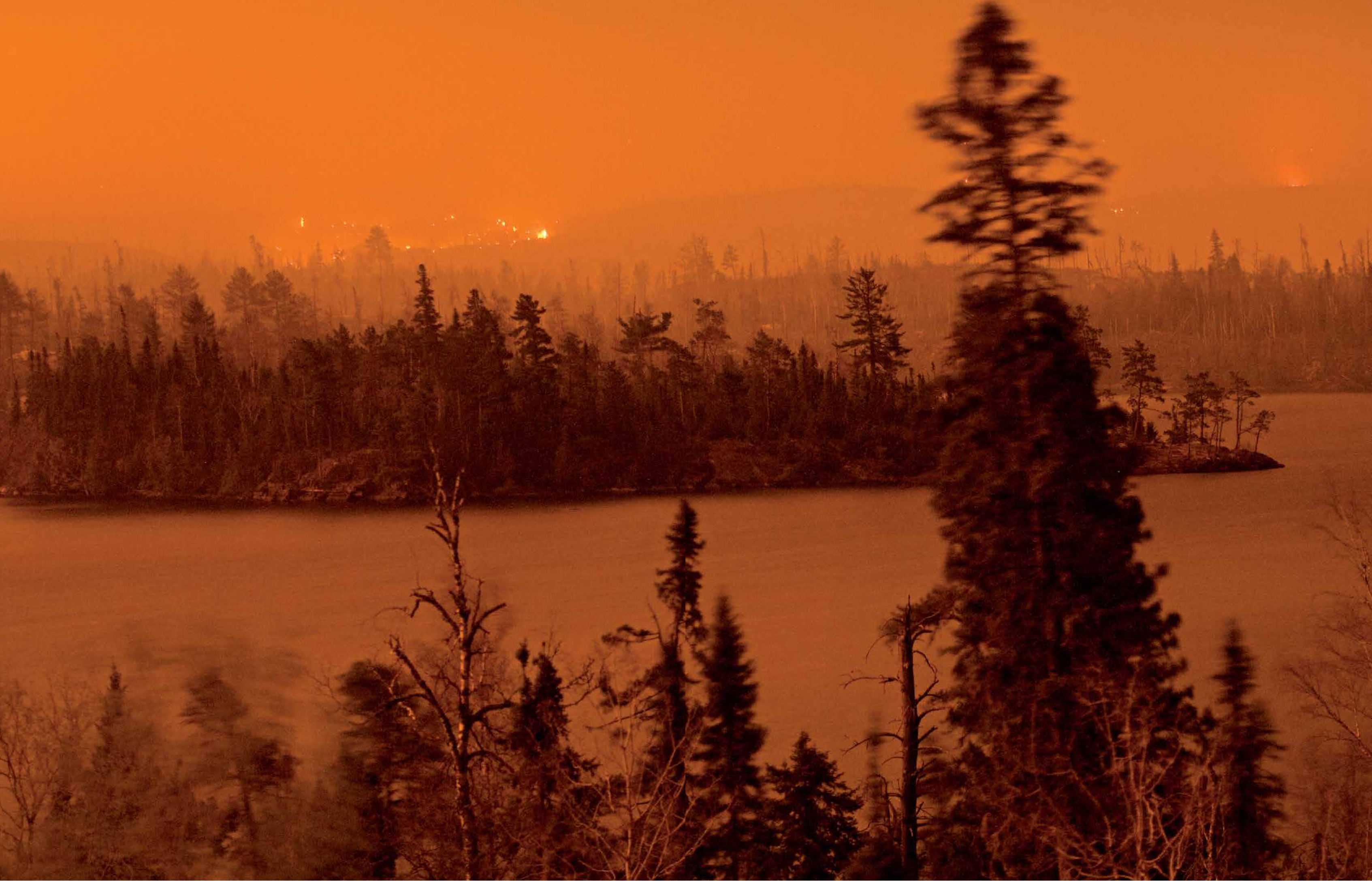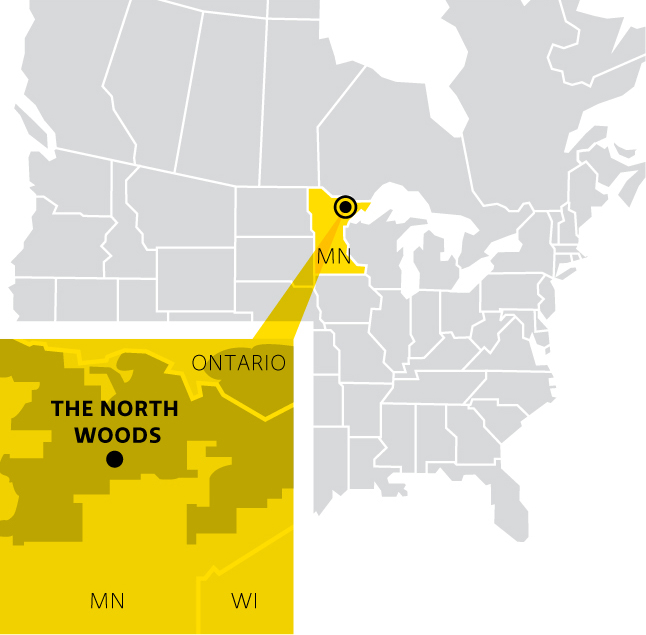22.1 Scientists grapple with a shifting climate
| CHAPTER 22 | CLIMATE CHANGE |
WHEN THE TREES LEAVE
390
391

CORE MESSAGE
One of the biggest environmental problems facing humanity today is climate change. Evidence overwhelmingly points to the fact that climate is changing and that human activity is predominantly responsible for the changes. Climate change is impacting species, ecosystems, and the health and well-being of people around the globe, with more changes to come. Science can help us evaluate the changes that are happening, investigate causes, and also provide information to help make sound policy for dealing with a changing climate.
GUIDING QUESTIONS
After reading this chapter, you should be able to answer the following questions:
 What is the difference between climate and weather? Why is a change of a few degrees in average global temperatures more concerning than day-to-day weather changes of a few degrees?
What is the difference between climate and weather? Why is a change of a few degrees in average global temperatures more concerning than day-to-day weather changes of a few degrees? What is the evidence that climate change is currently occurring? How do scientists determine past and present temperatures and CO2 concentrations?
What is the evidence that climate change is currently occurring? How do scientists determine past and present temperatures and CO2 concentrations? What natural and anthropogenic factors affect climate, and which are implicated in the climate change we are experiencing now? How might positive feedback loops affect climate?
What natural and anthropogenic factors affect climate, and which are implicated in the climate change we are experiencing now? How might positive feedback loops affect climate? What are the projections for future warming and what are the potential effects of further warming?
What are the projections for future warming and what are the potential effects of further warming? What actions can we take to respond to a world with a changing climate?
What actions can we take to respond to a world with a changing climate?
392
Lee Frelich was examining a 700-year-old cedar tree when he first noticed the smoke curling up into the sky over Minnesota’s great North Woods. Within an hour, his entire view was filled, so Frelich, an ecologist with the University of Minnesota, and his companions—a photographer and a journalist who had cajoled him into taking them on a tour of the iconic boreal forest—trekked up to the north end of Ham Lake, away from the calamity. They would remain trapped there, amid dense, ancient stands of spruce and fir, for 3 full days, as fire claimed over 30 000 hectares around them.
The fire’s magnitude was not surprising. Neither, really, was the fact that the flames laid bare a patch of forest that had not burned since 1801.
What was surprising was the timing. It was the first weekend in May—unusually early in the year for such a tremendous fire, especially given that thick ice had just melted off the lake a few days before. Frelich’s hiking companions, who knew that such fires tended to come in late summer, were surprised. Frelich wasn’t. To him it was just one more not-so-subtle reminder that climate change was rapidly throwing this ancient landscape into flux.
Other reminders have become commonplace: earlier springs, later winters, some tree species dying off, others popping up in unexpected places. Frelich and his colleagues worry that if current projections hold true, the forests themselves could vanish—converted by stress and time into scrubland or savannah.
WHERE ARE THE NORTH WOODS OF MINNESOTA?

Minnesota is not alone. In fact, the great North Woods are but one example of a whole planet in distress. In Africa and the American West, prairies are giving way to deserts (see Chapter 12). In tropical seas around the world, coral reefs are dying off (see Chapter 13). And everywhere, biodiversity is being threatened on a scale not seen since the last mass extinction 65 million years ago (see Chapter 9). Scientists say that all of these changes are occurring as global climate warms with unprecedented speed. What that might mean for the future of our planet is something they are still trying to figure out.